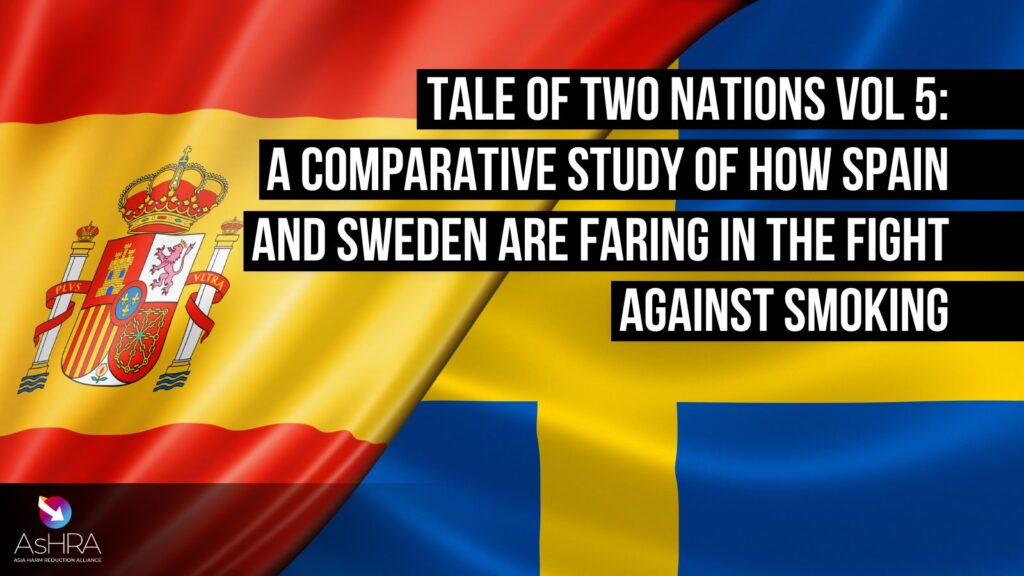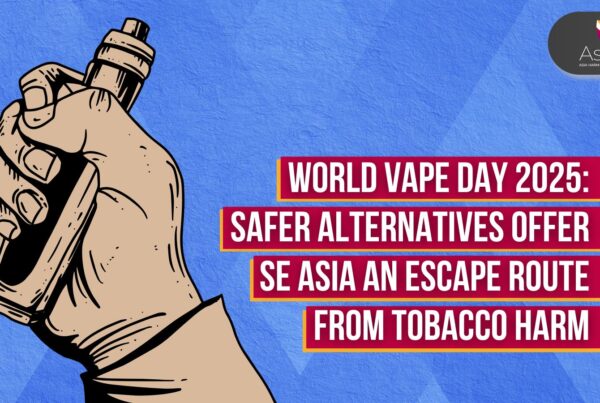The Framework Convention on Tobacco Control (FCTC) by the World Health Organisation is one of the most widely adopted treaties across the world. Part of its provisions, under Article 13, demands states to censor and ban tobacco advertising, promotion and sponsorship. While the success of this FCTC article is found to vary from country to country, India has been one of the countries to go even further than its scope. Also, it aims to ban all tobacco imagery from the entertainment industry.
In 2005, the Ministry of Health and Family Welfare in India first introduced the proposal for a law that would ban all tobacco imagery in Indian film and television. At this time, India was already discussing and would come to implement national policies that completely banned smoking in many public places, restricted advertising through mass media and required large health warnings and labels on product packages.

However, in light of these changes, the ministry found that tobacco companies were increasingly turning to film and television as sources of indirect advertisement for their products. As movies and television programs – and the characters within – were often glamorised and highly influential in India, increasing the presence of tobacco products in Indian films and TV was a successful strategy by the tobacco industry.
In response, the Ministry of Health and Family Welfare proposed that “no individual or a person or a character in cinema and television programmes shall display tobacco products or their use.” Moreover, any movies or shows already in existence must now include a prominent tobacco warning on screen whenever a tobacco product is depicted. This proposal was met with backlash from the Ministry of Information and Broadcasting, along with the tobacco industry. After seven years of discussion, it was only in 2012 that an amended version of the initial proposal was implemented as law.
The amended laws stated that all movies must have a strong justification for including tobacco and that there must be a video and static warning about the dangers of tobacco use both before and during the film. Despite its deviation from the initial ban, this still serves as an important recognition of the relationship between smoking and the film industry.
Research in 2015 found that ‘less than 48% of movies had tobacco imagery compared with 89% in 2005,’ clearly showing the effectiveness of this law in just three years. This innovative policy should serve as an inspiration for other countries as they strive to reckon with Article 13 of the FCTC and create effective solutions to the cultural and social dialogues surrounding the acceptance of tobacco products.
Related Posts
 Time to support Filipino vape law, not relitigate it
Time to support Filipino vape law, not relitigate it
Time to support Filipino vape law, not relitigate it
 Greens’ Plan To Legalise Nicotine Vapes Lauded
Greens’ Plan To Legalise Nicotine Vapes Lauded
Greens’ Plan To Legalise Nicotine Vapes Lauded
 Taiwan Vaping Ban Disappointing For Its Many Smokers
Taiwan Vaping Ban Disappointing For Its Many Smokers
Taiwan Vaping Ban Disappointing For Its Many Smokers
More about
Alcohol Harm Reduction
More about





